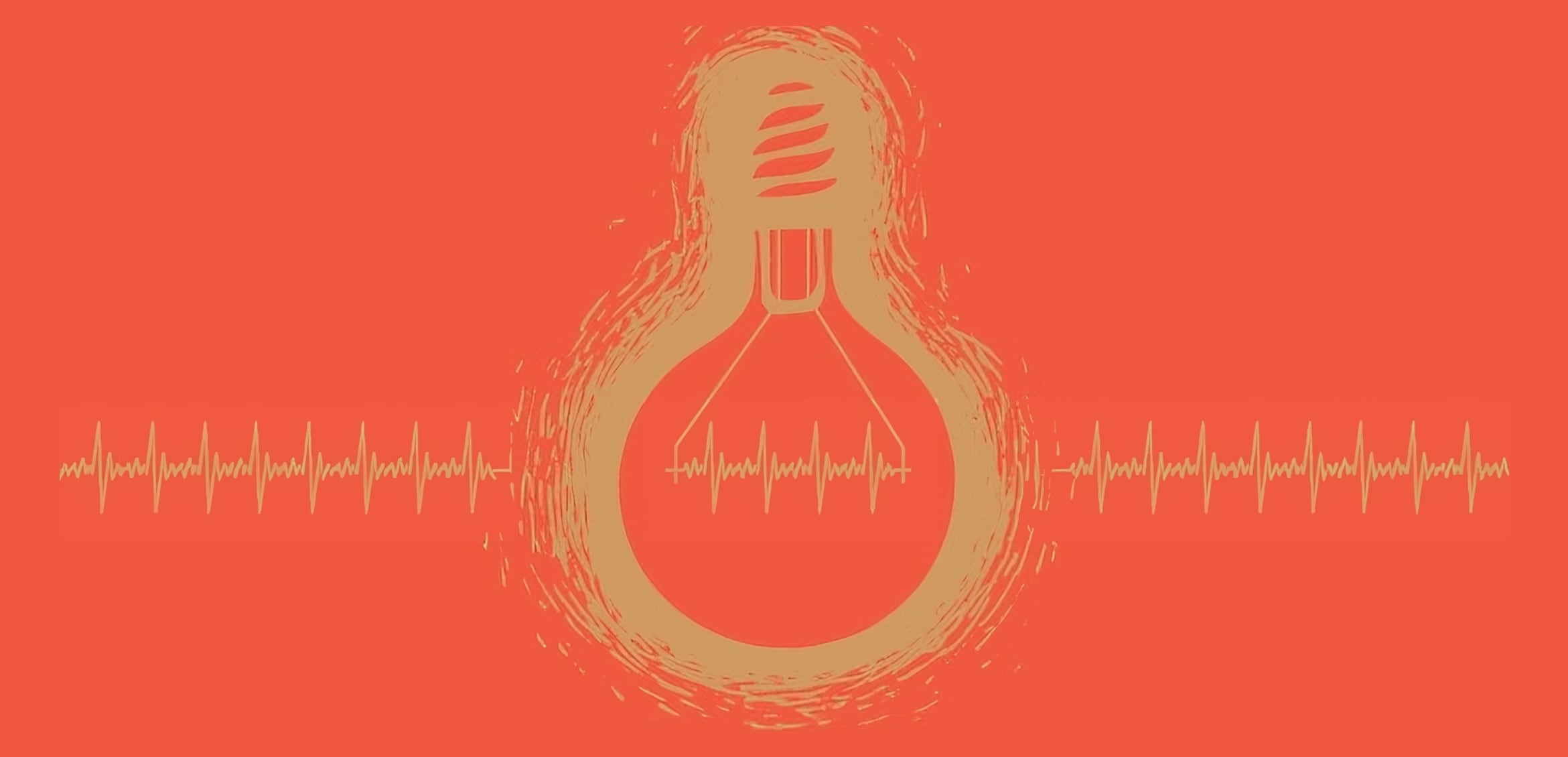Pulse Room

5 September 2013 — 26 December 2013
IZOLYATSIA is proud to present Pulse Room - Rafael Lozano-Hemmer’s interactive installation, which has been previously shown at Plataforma, Fábrica La Constancia (Mexico, 2006), in the Mexican Pavilion at the 52 Biennale di Venezia (Italy, 2007), ARoS Aarhus Kunstmuseum (Denmark, 2009), 21st Century Museum of Contemporary Art (Japan, 2009), Museum of Contemporary Art (Australia, 2011 - 2012) and many others.
Pulse Room completes IZOLYATSIA’s summer 2013 exhibition cycle by expanding on this year’s thematic focuses: the construction of zones of commonality, investigation of alternate consciousnesses through artistic research and the overlaps that exist between sci-fi imaginary and artistic production.
Pulse Room is an interactive installation featuring clear incandescent light bulbs that are uniformly distributed over the exhibition room, filling it completely. A metal stand placed on a side of the room has cylindrical sensors that detect the heart rate of participants. When someone holds the sensors, a computer detects his or her pulse and sets off the closest bulb to flash at the exact rhythm of his or her heart. When the sensors are released all the lights turn off briefly and the flashing sequence advances by one position down the queue, to the next bulb in the grid. Each time someone holds the sensors a heart pattern is recorded and this is sent to the first bulb in the grid, pushing ahead all the existing recordings. At any given time the installation shows the recordings from the most recent participants.
Pulse Room was inspired by Macario, a film made in 1960 by Mexican director Roberto Gavaldón. In one scene, the protagonist suffers a hunger-induced hallucination in which he sees everyone represented by a candle burning in a cave. Pulse Room also refers to minimalist, machinic and serialist patterns in music (found, for example, in scores composed by Conlon Nancarrow, Steve Reich and Glenn Branca) and the postulation of the theory of cybernetics at the National Institute of Cardiology in Mexico City to explain the process of self-regulation of the heart.